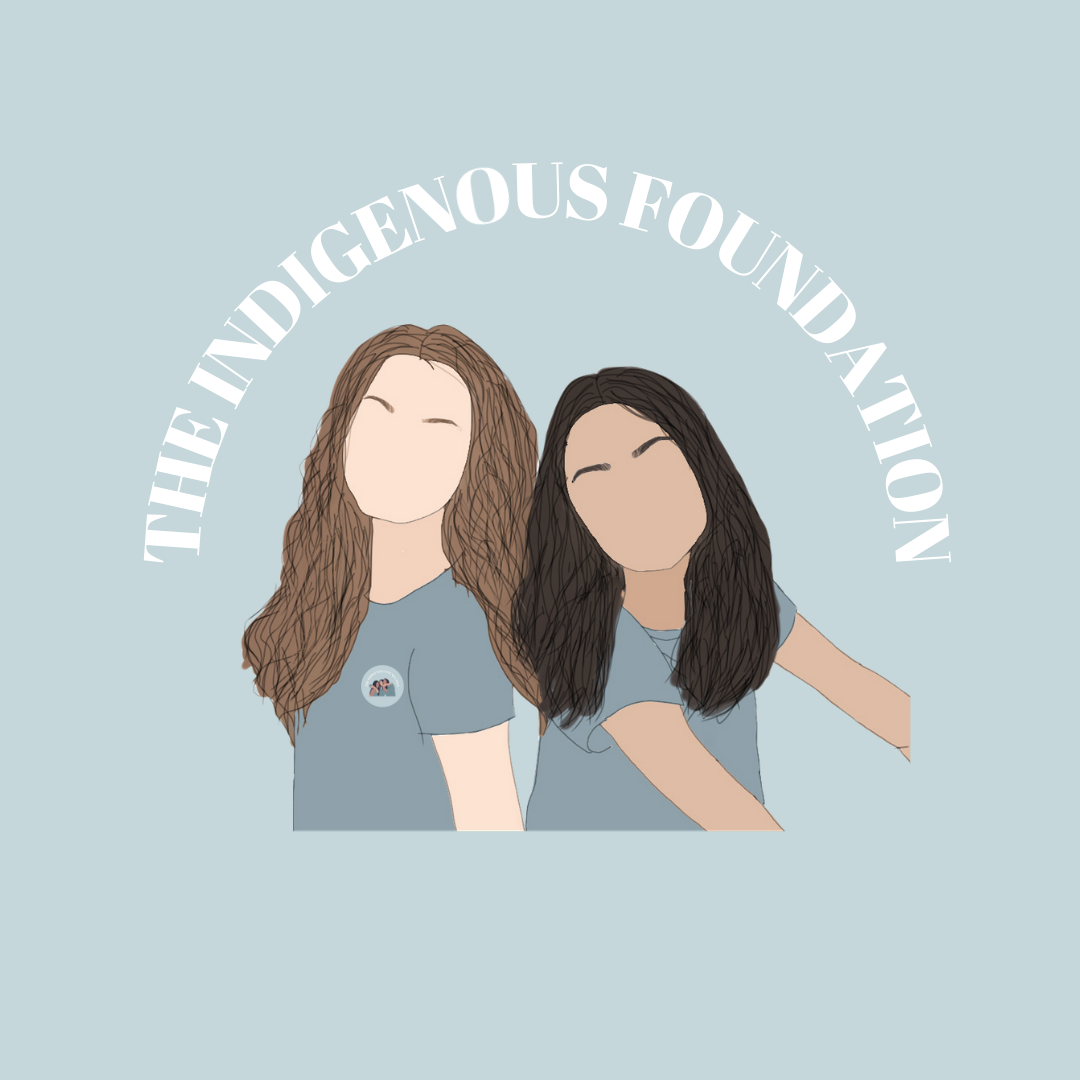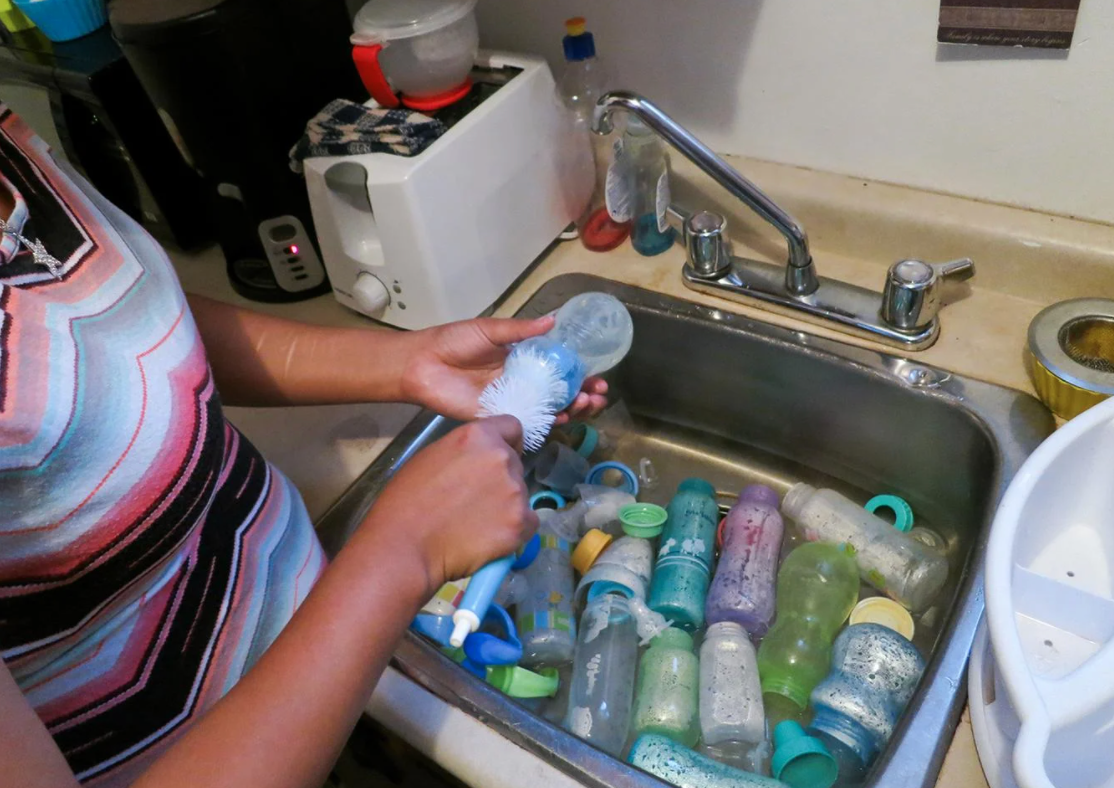Impacts of unsafe drinking water on Indigenous reserves
Impacts on these Communities
Research suggests that in Indigenous communities, exposure to waterborne parasites and bacteria that cause illnesses, disorders, and even an increased risk of cancer, are significantly higher than normal. At any time over the last decade, between 20-30 percent of reserve water systems posed a high risk of producing unsafe drinking water. An example of a bacteria impacting an Indigenous community was in October 2005. In the Kashechewan reserve in Northern Ontario, elevated levels of Escherichia coli in the drinking water led to the evacuation of more than 1000 residents of the Kashechewan reserve. Evacuations like this one are fairly common in areas with drinking water situations.
These evacuations are extremely consequential on the Indigenous people. They are forced to move out of their homes, their way of life being disrupted, due to the government’s inability to provide safe drinking water for them. One fairly recent evacuation occurred just this October. Hundreds of people were evacuated from a remote First Nation reserve in northwestern Ontario due to a water crisis. There was an oily sheen discovered in the Neskantaga First Nation water reservoir. 175 vulnerable residents were forced to leave the area out of the total population of 460, headed to Thunder Bay, Ontario. Many Indigenous communities have never known clean drinking water before. They still drink bottled water till this day, because that is what their mentality is now, because the experience they are going through is so traumatic. These contaminants may result from poor wastewater management on and off reserves, organic material in dirty source water reacting with chemicals meant to disinfect.
Inequities in the provision of safe water leave communities vulnerable to boil water advisories, waterborne diseases, stress, and associated health effects. There is evidence that once affected with a health impact, Indigenous community members are further burdened by unequal access to health care services to help them cope with water-borne illness and effects on wellbeing. Health care professionals play a key and central role in improving the access and quality health care for communities, and yet, many Indigenous communities are without regular health care workers. Health care professionals should be aware of these negative water related health effects which have much to do with access to care. Health care practitioners play a valuable role in the provision of preventing ongoing water-related health care services by advocating for better access overall to health care for Indigenous people.
The poor water and sanitation situation in First Nations communities also contributes to severe housing shortages on the reserves. There is a lot of overcrowding and long waits for housing. Unfortunately, to solve the housing issue, there have to first be upgrades to water and wastewater infrastructure on the reserves.
Many Indigenous communities in remote areas have to frequently travel long distances to obtain clean and safe water. Jonathan Mallet makes an average of five trips a week from Kenora, Ontario, to Angle Inlet in Northwest Angle 33, his isolated reserve in the Lake of the Woods, to cart dozens of blue jugs filled with clean water. The community has to rely on bottled water because of water contamination. It takes eight hours there and back through the hostile remains where there are no roads, only the lake. In the winter the path takes him over the ice. One day, Mallet was travelling alone, delivering water to his community, when his quad flipped him and had ice clinking to his sled. His foot was pinned under the quad and he was sinking into the lake. He unpinned his foot, flipped the quad, and made it to land while the ice crackled and caved in behind him. Fortunately, he arrived home safely at midnight. In February 2019, Northwest Angle 33 received $9.7 million for a water treatment plant as part of the federal government’s commitment to end long-term drinking water advisories in Indigenous communities by 2021.
In the report published on February 23, 2017, “Self-reported Effects of Water on Health in First Nations Communities in Saskatchewan, Canada: Results From Community-Based Participatory Research,” it examines the health effects of unsafe drinking water on First Nations Communities in Saskatchewan. While examining eight different communities in the province, many individuals spoke out about their water related health challenges openly and with concern. The health challenges presented ranged between issues in individual to community levels, such as gastrointestinal illnesses, stress, relationship difficulties, and breakdowns in community functioning. The impacts of unsafe drinking water went beyond physical effects to issues like ongoing stress and mental illness, economic problems such as purchasing bottled water, and cultural and spiritual shifts like losing the ability to have water ceremonies. In one community, although the water was being treated, there were extremely high levels of chlorine in the water, resulting in direct and indirect health impacts.
The Assembly of First Nations, the University of Ottawa and the University of Montreal released the draft results of a decade long investigation into First Nations diets and food related exposures to environmental pollutants, First Nations Food, Nutrition and Environment Study (FNFNES). One of the aspects they studied was heavy metals and pharmaceutical metabolites in drinking and surface water. These issues in the contamination of water and food, the FNFNES pointed out, were in part rooted in the ongoing issues with water and wastewater treatment systems in many First Nations communities.
Finally, the water crisis impacts the cultural rights of Indigenous people. Water is sacred to many cultures worldwide. Specifically, for the Indigenous peoples, water is tied to specific places and involves communities, culture, and identity. Water is also important on a symbolic level, for security, self-determination, and as an expression of a preferred lifestyle. Many First nations see water as living, as a form of medicine, and not being able to drink their water from their own community is distressing to them. Indigenous women have a special connection to water, where they are the keepers and the protectors of water, looking after it, performing ceremonies for it, and praying to the water. When water is contaminated, another aspect of the Indigenous way of life that is impacted are the ceremonies, customary fishing and hunting practice, and ways of teaching children and sharing traditional knowledge. Their way of life as they know it is being impacted, being destroyed.
Citations
Todd Westcott, et al. “Water Contaminants Jeopardize First Nations Food Security.” Water
Canada, 8 Nov. 2019, www.watercanada.net/water-contaminants-jeopardize-first-nations-food-security/.
Bharadwaj, Lalita, and Lori Bradford. “Indigenous Water Poverty: Impacts Beyond Physical
Health.” Northern and Indigenous Health and Healthcare,
openpress.usask.ca/northernhealthcare/chapter/chapter-4-indigenous-water-poverty-impacts-beyond-physical-health/.
“Freshwater Canada's Dirty Water Secret.” Human Rights Watch, 28 Oct. 2020,
www.hrw.org/news/2019/04/04/freshwater-canadas-dirty-water-secret.
John Millar and Bob Rae March 29, 2018. “Money Alone Won't Solve the Water Crisis in
Indigenous Communities.” Macleans.ca, 29 Mar. 2018,
www.macleans.ca/opinion/money-alone-wont-solve-the-water-crisis-in-indigenous-communities/.
Kristahessey, Thejaneg And. “Why Some First Nations Still Don't Have Clean Drinking Water -
despite Trudeau's Promise.” Global News, Global News, 3 Oct. 2019,
globalnews.ca/news/5887716/first-nations-boil-water-advisories/.
Lourenco, Denio. “All Families, Children Evacuated as Neskantaga First Nation Faces New
Water Crisis, Chief Says.” CTVNews, CTV News, 25 Oct. 2020, www.ctvnews.ca/canada/all-families-children-evacuated-as-neskantaga-first-nation-faces-new-water-crisis-chief-says-1.5160272.
Lukawiecki, Jessica. “Reconciling Promises and Reality: Clean Drinking Water for First
Nations.” David Suzuki Foundation, 2018.
“Make It Safe.” Human Rights Watch, 27 May 2020,
www.hrw.org/report/2016/06/07/make-it-safe/canadas-obligation-end-first-nations-water-crisis.
Moore, Ryan. “This Is What Access to Clean Water Looks like for a First Nation in a Remote
Corner of Ontario.” Thestar.com, 17 Apr. 2020, www.thestar.com/news/canada/2020/04/17/this-is-what-access-to-clean-water-looks-like-for-a-first-nation-in-a-remote-corner-of-ontario.html.
“The Right to Water.” Amnesty International Canada, 26 July 2018,
www.amnesty.ca/our-work/issues/indigenous-peoples/indigenous-peoples-in-canada/the-right-to-water.
Specht, Markus. “Canada's ‘Quick Fix’ of the First Nations Drinking Water Crisis Is Not
Sustainable.” SAIS Perspectives, SAIS Perspectives, 21 Feb. 2020, www.saisperspectives.com/2020-issue/2020/2/21/canadas-quick-fix-of-the-first-nations-drinking-water-crisis-is-not-sustainable.
Waldner, Cheryl L, et al. “Self-Reported Effects of Water on Health in First Nations
Communities in Saskatchewan, Canada: Results From Community-Based Participatory Research.” Environmental Health Insights, SAGE Publications, 23 Feb. 2017, www.ncbi.nlm.nih.gov/pmc/articles/PMC5392108/.
“Water Challenges and Solutions in First Nations Communities.” University of Waterloo, Water
Policy and Governance Group, Dec. 2010, uwaterloo.ca/water-policy-and-governance-group/sites/ca.water-policy-and-governance-group/files/uploads/files/vonderporten_and_deloe_2010_1.pdf.

